Please note you can post a comment to any image, and it will be monitored and added if verified. If you type in a comment you must go to the bottom of that specific page and verify the post by doing a quick image test. This proves you are an actual person and not a hacker remotely automatically “spamming the site”. Thank you.
This page shows the history of the Shepherds Station to the Treamble Mineral Line to the Gravel Hill Tramway over the years.
Excerpts courtesy of The Cornwall Railway Society website – http://www.cornwallrailwaysociety.org.uk/
Shepherds Station.
Also well known and well documented was the removal of the rails from Shepherds Halt to Treamble, allegedly to help with the overseas rail lines during the First World War. The track bed was still used by the War Office as an alternative route to the Camp and a massively over engineered bridge was built over the track just to the east of the Halt.
As clouds darkened over Europe again in the 1920s, a decision was made to re-instate the Treamble branch, with a cover story that the mines in the area had re-opened. In reality, the War Office and the American War Department wanted somewhere in Cornwall to store munitions and other non-perishable supplies in preparation for an assault on the European mainland, should the ‘Peace in Our Time’ intuitive fail. Deerpark Mine, just to the south west of Rejerrah was chosen as the adits were still sound and relatively water free.
It was at this time the track plan at Shepherds Halt was altered to that seen in the popular railway publication and press. This re-connection of a direct link to Penhale Camp made it much easier to move troops and supplies, as trains could now run from London straight to the camp itself.
The fact that Shepherds was never an efficient or important station, as far as the GWR were concerned, can be seen by their reluctance to develop the site to their normal standard. There was no goods shed, the ‘cattle dock’ was built using old track rails rather than the usual fence post & rails, the platform itself was only wood, unlike the solid brick and stone constructions elsewhere on the line. The signal box was a short affair, placed on the platform rather than a separate building.
The War Office & The Camping Coach
With no road access to Deerpark Mine, goods to be moved out of the stores were re-loaded onto wagons and brought the few hundred yards back to Shepherds Station. The wagons were unloaded onto lorries out of sight of the station, the lorries then used the over bridge to join the main road network at Fiddlers Green.
The bridge also stretched across the wide yard to the south of the lines – this area was used for marshalling the lorries.
As the cattle dock was not really intended to be functional, much to the War Office’s dismay the GWR installed a camping coach in the siding. However, this proved to be of benefit as it was commandeered and used by the British and American military top brass to discuss the D-Day preparations.
Closures
Following the end of the war, the Treamble branch saw less and less military traffic and was closed in 1952. In 1963, the complete line from Chacewater to Tolcarne Junction was closed. In order to maintain the secrecy of the smaller Penhale Camp and the role it played, it was decided to remove all traces of Shepherds Station. This exercise was not completely successful, for the sharp eyed there are still some remnants to be found.
Courtesy of stubby47 on RMWeb.
Treamble Branch – 3 miles 20 chains long
The line was an extension of the Treffry Tramway route from Tolcarne to East Wheal Rose the extension having been carried out by the Cornwall Minerals Railway in 1874. The branch was further extended to by a mile to Gravel Hill however this section closed in 1888.
The Minerals Branch line from Shepherds to Treamble had a chequered history. The mine closed in 1892 but the track was left in place.
In 1905 part of the route between a new Junction at Shepherds to Tolcarne was upgraded to form the Perranporth to Newquay section of the Chacewater to Perranporth branch which had opened in 1903.
In January 1917 it was taken up and shipped to France as part of the war effort. However, after the War there was an upturn in the minerals market and the rails were re-instated, the line being in use again by 1926.
Further prospecting took place at Treamble in the 1930’s & 1940’s but the revival of mining was short-lived. The branch was used by troop trains for Penhale Camp during World War 2 The line from Treamble to Shepherds closed 1st January 1952 and the track taken up in 1956.
The Treamble Mineral Line is always quoted as closing in 1956 ‘last revenue-earning traffic 1949’. The reason for this unusual terminology is that the line was used for the storage of wagons after 1949. Some are visible on one of the web site pictures.
N.B. It is understood that during WW2 a passenger train travelled the branch – this was a troop train. Also a witness remembers seeing a steam hauled demolition train on the branch during 1956.
Rejerrah Bridge
The Treamble Mineral Line which ran from Shepherds to Treamble Mine had a chequered history – it was opened in 1873. Closed and lifted w.e.f. 1st January 1917. Relaid December 1925, reopened 16th Feb 1926. The last revenue earning traffic was carried 8th August 1949. It was finally closed w.e.f.1st Jan 1952 The track was removed on 31st March 1956. (Rlys of Cornwall C.R. Clinker)
As a schoolboy my only sporting achievement was to run for my school at Cross Country. In those days a special bus laid on for school sports was a rare occurrence. I have clear memory of seeing a train on the Treamble Mineral Line from a Bridge on the original A375 at Rejerrah.
Until today I thought that this bridge must have disappeared under a road improvement scheme. However, looking along the old road using Google Street View I found that the old bridge is still there, somewhat chocked with rubbish. Today 17th May 2014 the spot was revisited – the pictures are below. It is understood that the branch did see one passenger train – a troop train during WW2. Courtesy of Mr Keith Jenkin.
Gravel Hill Tramway
”Possibly the least photographed and documented railway outpost in Cornwall lies at the end of the former extension from Treamble serving the iron mines on Penhale Sands, abandoned in the late 19th century.
Much of the area was M.O.D. property attached to Penhale Camp. It is still private and the only permitted way to reach the terminus is by means of the coast path.
On a miserable day last summer (2016) I ventured out from Holywell, walking twice the distance I would have done had I entered the camp. Last month (August 2017) I left my bike in the car park on the far side of the holiday camp and went down to the wonderful expanse of Perran Sands”.
The Gravel Hill Mine end of the line. It split into two with one siding continuing on to the Mine engine house. The other line descended towards the mouth of the Mine by means of a rope worked incline. The incline was powered by a 11.5″ steam engine. From Old Maps – OS 1880’s.
My understanding is that the Gravel Hill extension was laid in 1888, but without parliamentary sanction (new railways required an act of parliament). Perhaps the Cornwall Mineral Railway was just chancing it. Records seem to agree that Gravel Hill Mine was abandoned in 1882, so was the railway a wild-west style attempt to revive the mine?
The OS 25 inch map for 1906 shows not the slightest trace of any railway to Gravel Hill. My guess is that the tracks lasted for no more than a year or two. It needs to be borne in mind that OS maps were not revised systematically – hence something which caught the surveyor’s eye in one year, may be gone in the next. Article courtesy of Mr Roy Hart.
The Treamble Mineral Line terminus – the branch from Shepherds comes in from the right. The Gravel Hill Tramway rose up alongside to make a trailing connection with the main branch. Colin Burges kindly advises us that –
“I hadn’t noticed before that the Treamble line’s mileage was originally measured from Fowey, the furthest reach of the C.M.R. Look for M.P. 32 on the first map. In later years, possibly after the line was re-laid, the mileage was measured from Shepherds”.
Notes re Colin’s photographs :- Photos of the Bridges – Railway and Stream – were taken where it says “Ford” on the map. The old M.o.D. gate is where you see “Spring” and “Weighing Machine” at the bend in the road. The road beyond the gate is not the Tramway but he is sure it joins the formation a little way along.
Creation of the Halt
In 1903 the GWR opened the line from Chacewater to Perranporth. The War Office pressed for the line to be extended to join with the Treamble branch, and Shepherds farm was chosen as the most inconspicuous spot. In order to help with the subterfuge, the original direct link to Treamble (& Penhale Camp) was re-aligned, and a simple halt with a kickback siding installed.
This simple arrangement allowed freight trains arriving from Truro to leave a wagon or two in the siding, from where they would be collected later by the small loco running the Treamble branch. Similarly, wagons could be left in the siding and collected by any passing Newquay/Par bound freight. These collections were usually timed to be between any scheduled passenger trains.
Penhale Camp
In the late 1800s, the War Office saw the potential of establishing a large training camp on the dunes above Perranporth. The camp was split into two for operational and security reasons. The main part of the camp was positioned on the headland between Ligger Point and Penhale Point, the other smaller part of the camp was hidden in the valley to the southwest of Cubert.
Here, well away from prying eyes, troops were trained in all sorts of offensive combat, including demolition and sabotage. Whereas the Cornish population were usually keen to avoid any entanglement with government officials, especially the Excise Men, this ‘not seen anything’ attitude was encouraged by the War Office in order to keep the camp and its activities as quiet as possible. In exchange, the Government itself discouraged too much involvement of its officers with the locals’ nocturnal dealings. Even today, only the main part of the camp on the headland is marked on OS Maps of the area.
With the arrival of the railway first to St Newlyn East, and then later to Treamble, the War Office were able to move troops and supplies to and from Penhale Camp far easier and with even less fuss.

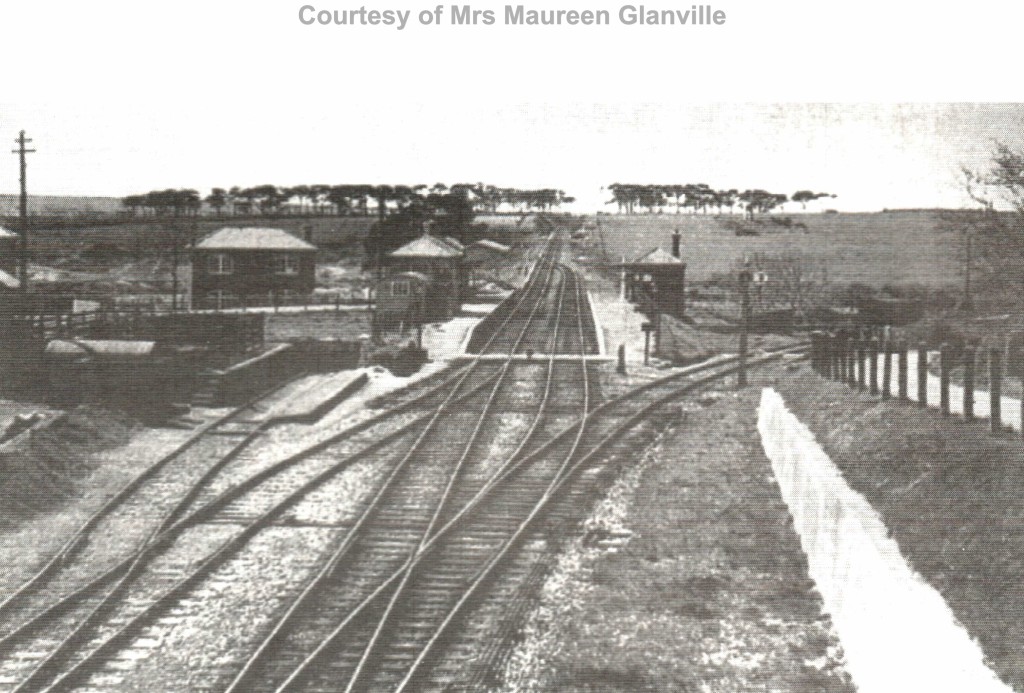
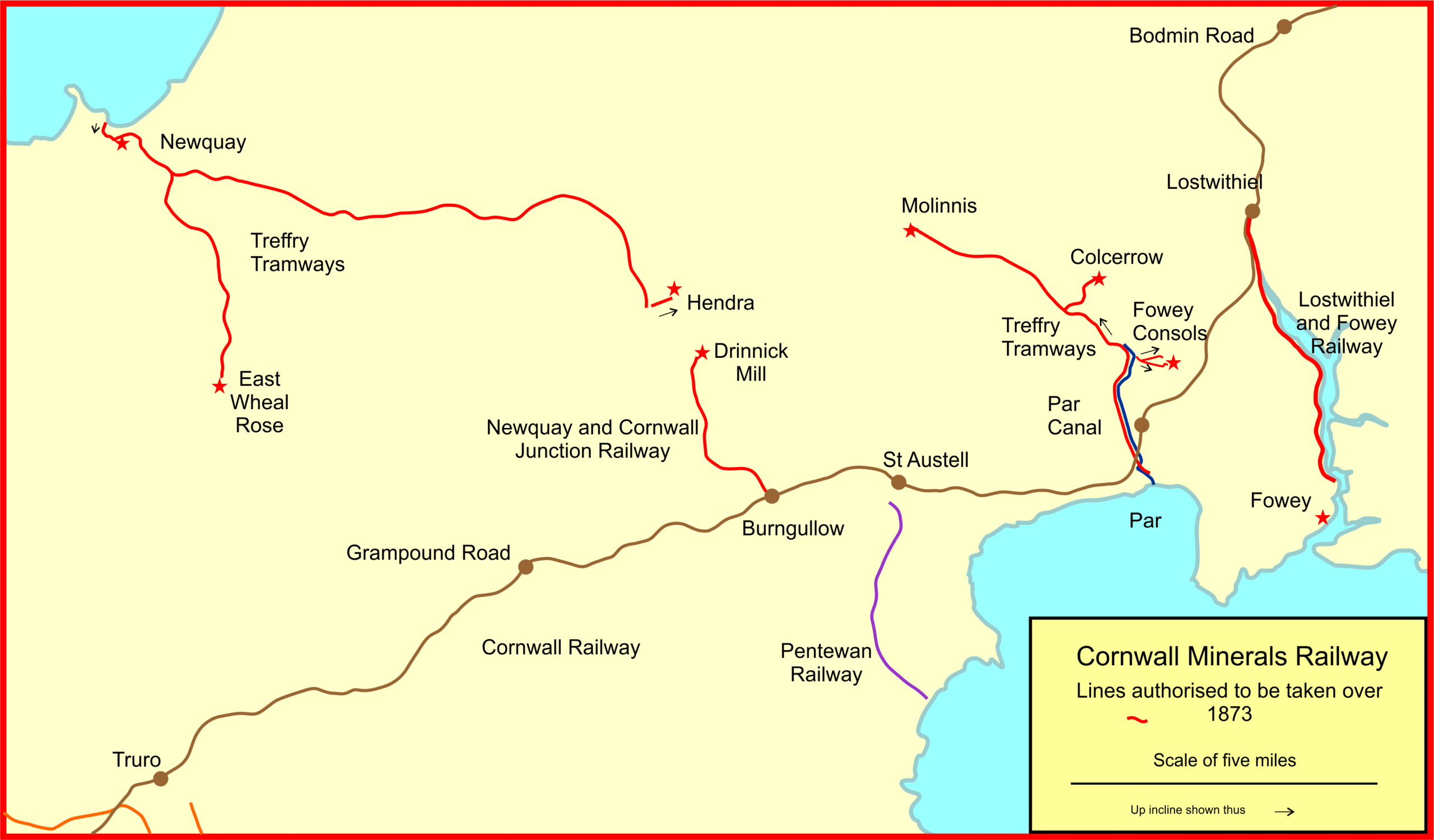
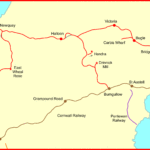
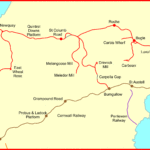
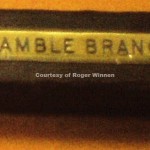
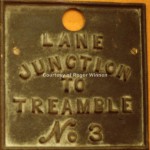
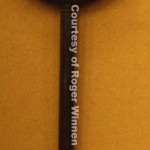
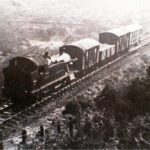


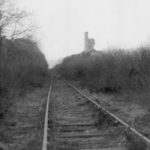
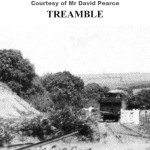
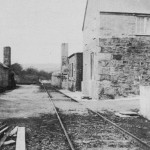

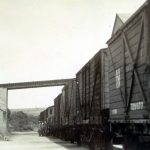

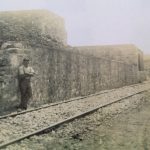


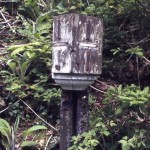
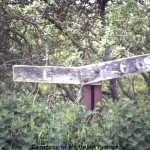
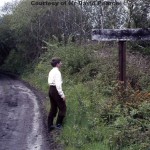
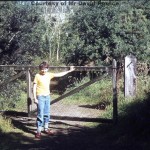
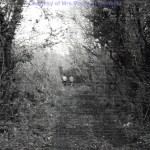

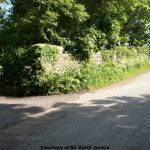

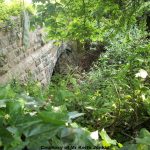

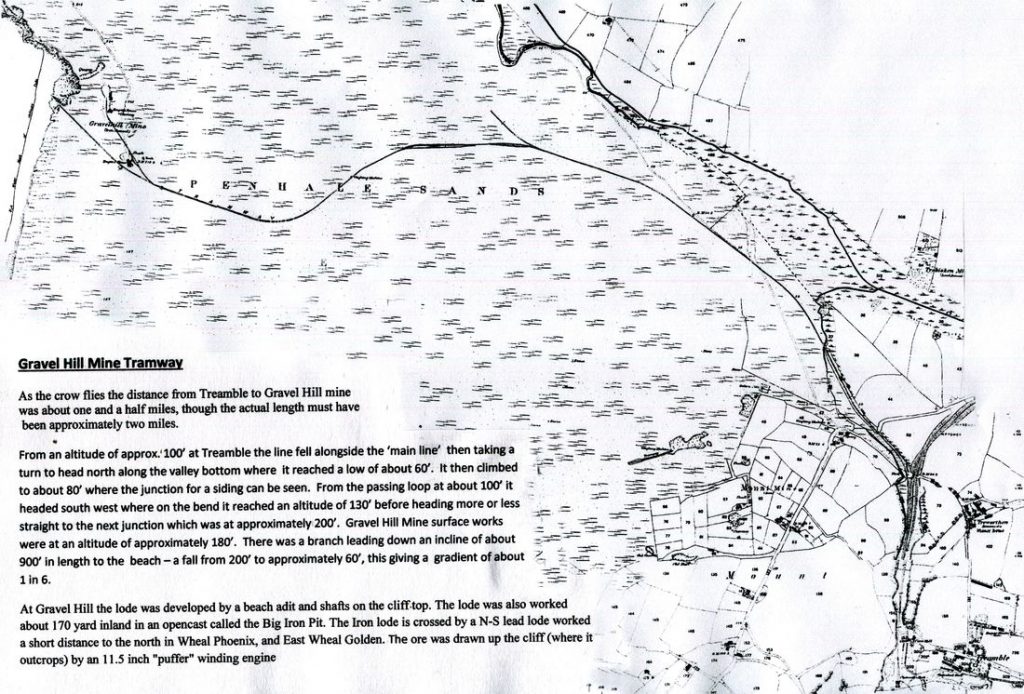
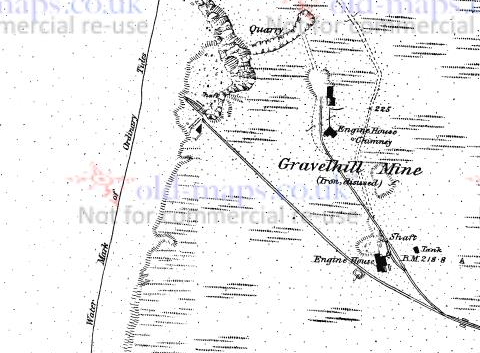

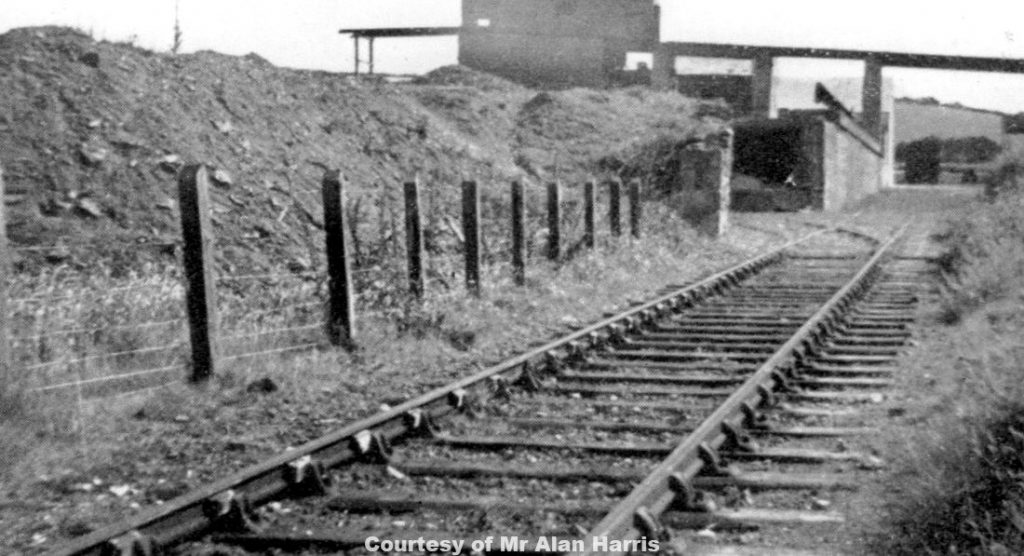








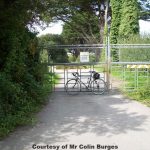





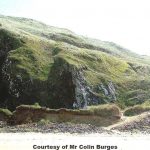

I too stayed in the Camping Coach at Shepherds in the mid-1950s with my family. Dad worked on the railway in Slough, so we had it at staff rates. I can remember being allowed in the box and pulling off one of the signals. A big treat!
the driver of the 1950’s recovery train was ronald edmund long,based at truro motive power depot.the creation of the trail along the formation from newquay to perranporth,currently in hand,may yet see a tea rooms at shepherds in a replacement station building.national highways are funding cormac to execute the project.
Interesting Peter.
I should add that we lived in Sheffield and our father was a locomotive driver with LMS. He was based at Millhouses Shed 19b later 41c now the site of a giant Tesco.
I spent a week with my family in the Camping Coach at Easter 1954.
Our water was delivered in milk churns.
We used the toilets on the station.
I have a black and white photo of the family group on the steps of the Camping Coach.
Evening Peter, an interesting story, I would love to see the photo, perhaps you could email me derekjjbrooks007sky.com Thank you.